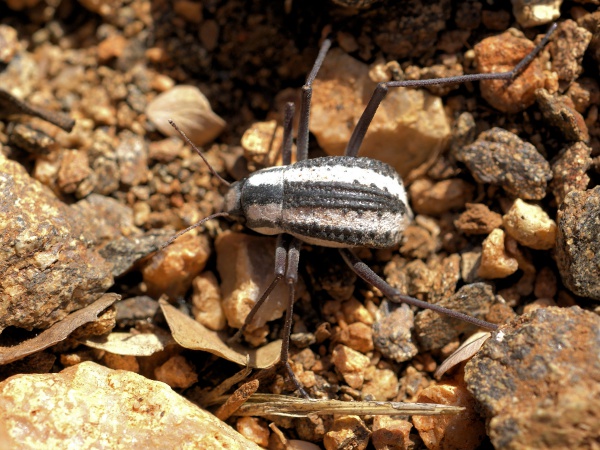Facts About Stenocara gracilipes
Stenocara gracilipes is a remarkable beetle species residing in the Namib Desert of southern Africa. This beetle has developed an extraordinary adaptation to survive in one of the world's driest regions, where rainfall is infrequent. It captures water from early morning fogs using its uniquely textured back.
Here's how it works: The beetle positions itself on a sand ridge, facing the wind at a 45-degree angle. Its body is perfectly aligned to catch fog droplets on its elytra. These wing covers are adorned with tiny hydrophilic bumps surrounded by hydrophobic troughs. This ingenious design allows water droplets to accumulate and then roll down into the beetle's mouthparts, providing it with essential hydration.
Inspired by this natural marvel, researchers at the Massachusetts Institute of Technology (MIT) have replicated the beetle's water-collection technique. They developed a surface incorporating alternating hydrophobic and hydrophilic materials. This technology could be utilized to gather moisture from the air, create fog-free windows and mirrors, among other applications. A company named NBD Nano is currently endeavoring to bring this innovation to the market.
Furthermore, recent studies have shown that these beetles can also collect water from dew in humid conditions, offering them additional methods to stay hydrated.

 Zambia
Zambia